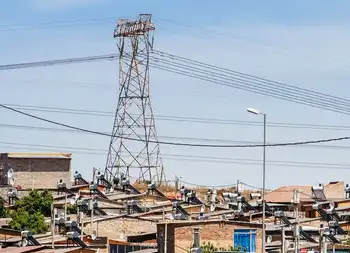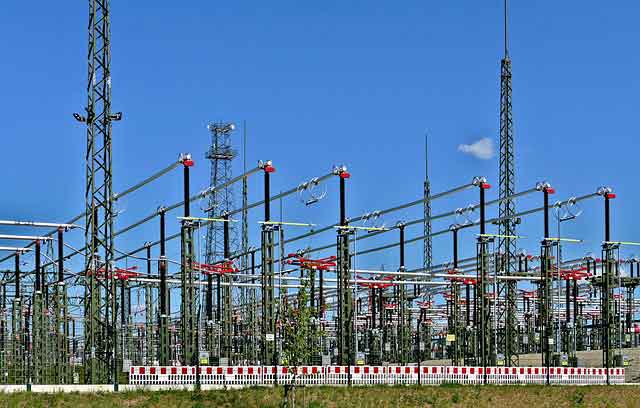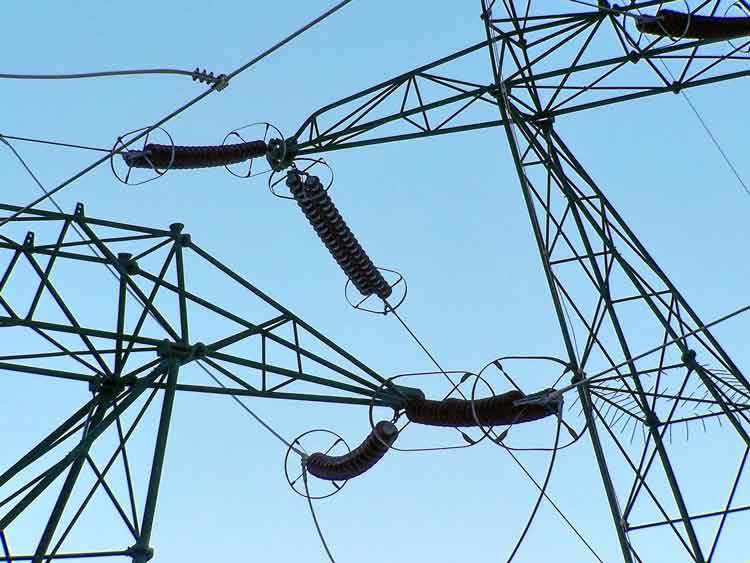S.C. nuclear facility would draw water from Broad River
By McClatchy Tribune News
Substation Relay Protection Training
Our customized live online or in‑person group training can be delivered to your staff at your location.

- Live Online
- 12 hours Instructor-led
- Group Training Available
The William States Lee III plant near Gaffney would be Duke's first nuclear plant not built on a large reservoir, as McGuire is on Lake Norman and Catawba is on Lake Wylie. It would instead draw 50 million gallons a day from the Broad River, which also supplies Duke's Cliffside coal-fired plant just above the N.C. line. About 35 million gallons a day will evaporate from the plant's cooling towers, with the rest returned to the river. Anti-nuclear groups that will try to stop the plant's construction say the Broad can't afford to give up that much water.
"These reactors have the ability to have a severe impact on the Broad River," said Tom Clements, a Columbia-based official of Friends of the Earth.
S.C. officials and Duke say the Broad should be able to supply the nuclear plant - except during severe drought. About once every 12 years, a Duke report says, the plant might have to shut down because the Broad and small on-site ponds can't cool it. Water use is "certainly something we've looked at," said Duke spokeswoman Rita Sipe. "We've done a detailed evaluation that looked at upstream and downstream water needs, and at the effects of drought."
The utility says it needs the plant to help supply electricity to 40,000 to 60,000 new Carolinas customers a year. State legislation that would require permits for South Carolina's largest water users, including utilities, went nowhere this year.
Duke and business groups fought for versions that conservationists said would allow rivers to be drawn down to unhealthy levels for fish and wildlife. Duke says only that it supports a bill "that balances the water needs of the region." But the bill's sponsor, Sen. Wes Hayes, a Rock Hill Republican, said the Lee plant shows "why it's critical for the state to have licensing in place to have oversight over all water users." Concerns over cost, impact If Duke proceeds with the plant, and gets required permits, the first of its two reactors would start up in about 2018. Opponents have already attacked the plant's cost, which is rising.
Two years ago, Duke had estimated costs at $4 billion to $6 billion. In December, the utility quoted construction costs at $8 billion to $8.9 billion but said those figures were based on industry estimates. Duke previously invested $600 million on a nuclear plant at the same Cherokee County site before pulling the plug in 1982. Farther down the Broad, South Carolina Electric & Gas and Santee Cooper want to add two reactors to their jointly owned Summer nuclear plant north of Columbia. Progress Energy has also proposed building two new reactors at the Shearon Harris plant near Raleigh. Twenty miles to the northwest, Duke is adding a new boiler to the Cliffside plant, which draws 280 million gallons a day from the Broad.
The expansion will allow the plant to draw 88 percent less water - but its evaporation rate will double to 19 million gallons a day. "It just seems like these applications are not connecting the dots in terms of water consumption and energy," said Sara Barczak of the Southern Alliance for Clean Energy. The group is challenging the water impacts of two planned reactors at Georgia's Vogtle nuclear plant on the Savannah River. The Lee plant would withdraw about 3 percent of the Broad's normal flow to cool the reactors, returning about 1 percent to the river. The rest would evaporate and be lost to the river.
South Carolina's Department of Natural Resources will do detailed studies later. But officials believe the water lost to Lee would be made up for by streams flowing into the Broad south of the plant. In years with average rainfall, the department says, the river should be able to safely supply the plant.
"We only run into a problem when we run into these extreme droughts," said Bob Perry, a DNR official who coordinates the agency's final recommendation on such projects. South Carolina has suffered through nine droughts since 1900, including severe dry spells in five of the past 10 years. Three small ponds on the 1,900-acre site could run the plant at full power for four weeks if the river can't supply cooling water, says a Duke environmental report.
But about once every 12 years, the plant may have to shut down because neither the river nor the ponds can cool it.











